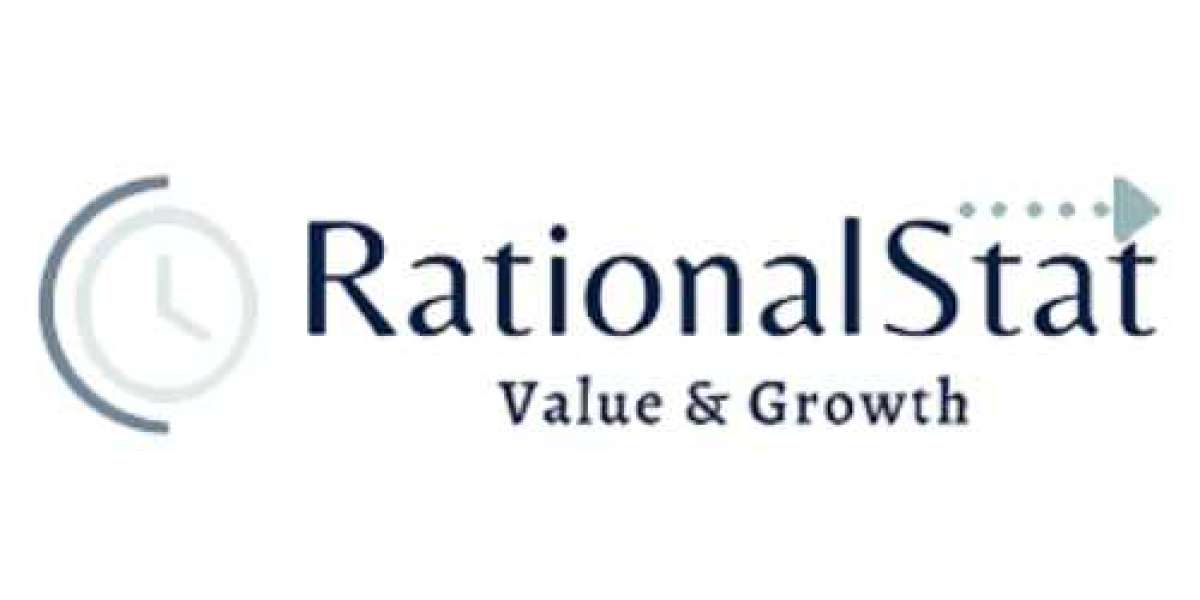As the world population continues to grow, so does the demand for energy. However, with climate change becoming an increasingly pressing issue, we need to start looking towards cleaner, more sustainable sources of energy. This is where clean energy, also known as green energy, comes in.
What is Clean Energy?
Clean energy refers to any form of energy that is produced from renewable sources, such as solar, wind, hydro, geothermal, and biomass. Unlike fossil fuels, which are finite and non-renewable, these sources of energy are abundant and will never run out. Furthermore, clean energy technologies produce little to no emissions, making them much less harmful to the environment.
Why is Clean Energy Important?
The importance of green energy cannot be overstated. As mentioned earlier, our reliance on fossil fuels is not sustainable, and it is causing irreparable damage to our planet. The burning of fossil fuels produces greenhouse gas emissions, which trap heat in the atmosphere and contribute to global warming. This leads to a range of environmental problems, including rising sea levels, more frequent and severe natural disasters, and the extinction of many plant and animal species.
By shifting towards clean energy sources, we can mitigate these negative impacts. Clean energy technologies have the potential to significantly reduce greenhouse gas emissions and help us transition to a low-carbon economy. This would not only benefit the environment, but also create new jobs and spur economic growth.
Types of Clean Energy
There are several types of clean energy, each with its own unique benefits and drawbacks.
Solar energy: Solar energy involves harnessing the power of the sun to generate electricity. This is done through the use of solar panels, which convert sunlight into electricity. Solar energy is a highly versatile source of energy, and it can be used to power everything from homes to cars to entire cities.
Wind energy: Wind energy involves harnessing the power of the wind to generate electricity. This is done through the use of wind turbines, which convert the kinetic energy of the wind into electricity. Wind energy is a highly efficient source of energy, and it can be used to power everything from small homes to large factories.
Hydro energy: Hydro energy involves harnessing the power of water to generate electricity. This is done through the use of hydroelectric dams, which capture the energy of falling water to turn turbines and generate electricity. Hydro energy is a highly reliable source of energy, but it is also very location-specific.
Geothermal energy: Geothermal energy involves harnessing the heat of the earth to generate electricity. This is done by tapping into geothermal reservoirs, which are areas of the earth's crust where hot water and steam are present. Geothermal energy is a highly reliable source of energy, but it is also very location-specific.
Biomass energy: Biomass energy involves using organic matter, such as wood or agricultural waste, to generate electricity. This is done through the process of combustion, which releases energy in the form of heat. Biomass energy is a highly versatile source of energy, but it can also have negative environmental impacts if not managed properly.
Conclusion
Clean energy is the future of energy. With climate change becoming an increasingly pressing issue, we need to start looking towards cleaner, more sustainable sources of energy. Clean energy technologies have the potential to significantly reduce greenhouse gas emissions and help us transition to a low-carbon economy. By embracing clean energy, we can create a greener, more sustainable future for ourselves and for future generations.








